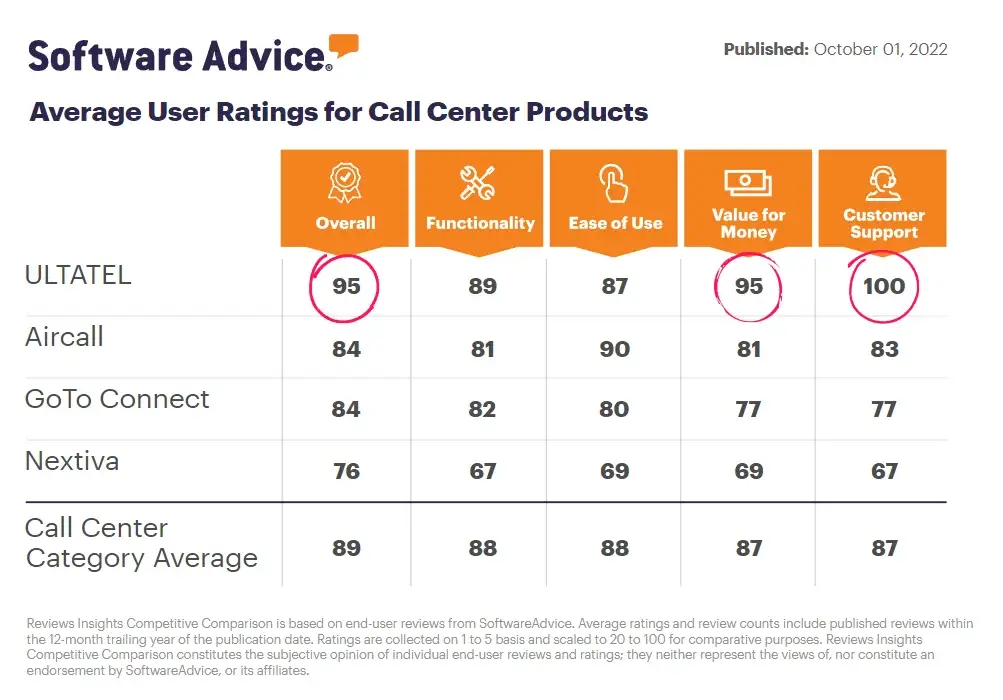IVR Menus / Custom Voice Prompts
Enhance customer interaction and streamline call handling with Ultatel’s IVR Menus and Custom Voice Prompts feature, empowering callers to navigate through interactive voice response systems effortlessly.

IVR Menus / Custom Voice Prompts Overview
IVR Menus and Custom Voice Prompts are pivotal features offered by Ultatel’s VoIP services, designed to optimize customer interactions through automated call routing and information dissemination. Interactive Voice Response (IVR) menus guide callers through predefined options using touch-tone dial pads or voice recognition, enhancing user experience by providing quick access to relevant information or departments. Custom Voice Prompts personalize the IVR experience with professionally recorded messages, reinforcing brand identity and improving caller engagement. These features enable businesses to manage high call volumes efficiently while delivering a seamless and professional customer service experience.

How Ultatel IVR Menus / Custom Voice Prompts Work
Ultatel’s IVR Menus and Custom Voice Prompts feature operates seamlessly:
● Menu Configuration: Admins configure IVR menus through the Ultatel Administrative Portal, defining menu options and corresponding actions.
● Voice Recognition: Integrate voice recognition technology to allow callers to navigate IVR menus using spoken commands.
● Custom Voice Prompts: Record and upload custom messages to greet callers, provide menu options, and deliver informative prompts.
● Analytics and Insights: Monitor IVR performance metrics, including call volumes and menu navigation patterns, to optimize customer service strategies.
Why Choose Ultatel’s IVR Menus / Custom Voice Prompts?
Ultatel’s IVR Menus and Custom Voice Prompts offer several benefits:
Ultatel Products With IVR Menus / Custom Voice Prompts
IVR Menus and Custom Voice Prompts are available across all Ultatel VoIP plans, offering tailored solutions to meet diverse business requirements:
● Ultatel Basic Plan: Essential IVR capabilities for small businesses seeking to automate call handling and improve customer service efficiency.
● Ultatel Pro Plan: Advanced features for medium-sized businesses requiring customizable IVR menus and comprehensive voice prompt options.
● Ultatel Enterprise Plan: Scalable IVR solutions for large enterprises managing complex call routing needs and extensive customer interactions.
IVR Menus / Custom Voice Prompts FAQs
What are IVR Menus?
IVR Menus are automated systems that allow callers to interact with options using touch-tone dial pads or voice commands to navigate through call routing and information retrieval processes.
How do I customize IVR menus with Ultatel?
Administrators can customize IVR menus through the Ultatel Administrative Portal, defining menu structures, prompts, and actions based on business requirements.
Can Ultatel’s IVR support voice recognition?
Yes, Ultatel’s IVR system supports voice recognition technology, allowing callers to navigate menus and interact using spoken commands for enhanced user experience.
Are Custom Voice Prompts included in Ultatel’s VoIP plans?
Yes, Ultatel includes Custom Voice Prompts as part of its VoIP plans, enabling businesses to create and upload professional recordings to personalize caller interactions.
Can I monitor IVR performance with Ultatel?
Yes, Ultatel provides analytics and reporting tools to monitor IVR performance metrics, helping businesses optimize call routing strategies and improve customer service efficiency.
Related Information
Explore more about Ultatel’s VoIP features and solutions:
● [Number Portability](link to page)
● [Individual Extensions](link to page)
● [CRM Integration](link to page)
● [24/7 Live Customer Support](link to page)
Discover how Ultatel’s IVR Menus and Custom Voice Prompts feature enhances customer service operations, automates call handling, and improves overall caller experience with intuitive and personalized interaction options.











